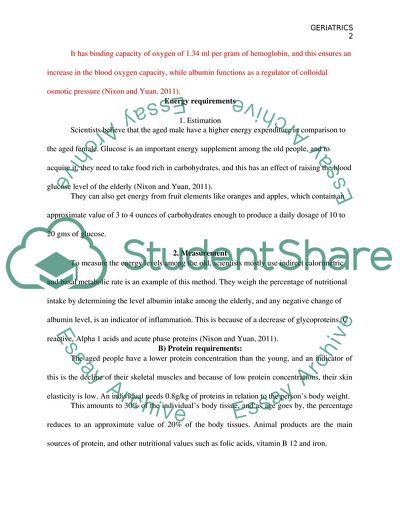Cite this document
(Nutritional Status and Nutritional Need for Geriatric Research Paper, n.d.)
Nutritional Status and Nutritional Need for Geriatric Research Paper. https://studentshare.org/medical-science/1785021-measuring-the-energy-level-among-elders
Nutritional Status and Nutritional Need for Geriatric Research Paper. https://studentshare.org/medical-science/1785021-measuring-the-energy-level-among-elders
(Nutritional Status and Nutritional Need for Geriatric Research Paper)
Nutritional Status and Nutritional Need for Geriatric Research Paper. https://studentshare.org/medical-science/1785021-measuring-the-energy-level-among-elders.
Nutritional Status and Nutritional Need for Geriatric Research Paper. https://studentshare.org/medical-science/1785021-measuring-the-energy-level-among-elders.
“Nutritional Status and Nutritional Need for Geriatric Research Paper”. https://studentshare.org/medical-science/1785021-measuring-the-energy-level-among-elders.


